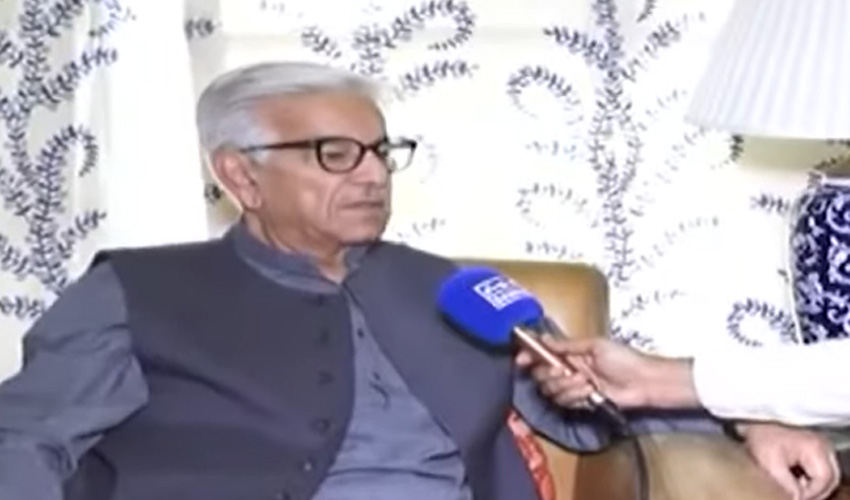On April 22, 2025, an attack in the tourist town of Pahalgam in Indian Illegally Occupied Jammu and Kashmir (IIOJK) left at least 28 people dead and over 20 injured. Among the dead were personnel from the Indian Navy, intelligence agencies, and civilian tourists. A group called The Resistance Front (TRF) claimed responsibility, stating the attack was part of their resistance against the settlement of outsiders—a move they see as part of the demographic change following the abrogation of Article 370 in 2019.
The incident has once again turned global attention to the military balance between two nuclear-armed neighbors in South Asia, particularly their air forces. Both Pakistan and India have long been locked in a race for superiority across land, sea, and air.
Thunder in skies
The backbone of the Pakistan Air Force is the JF-17 Thunder, with its latest variant being the JF-17 Block III. These jets are equipped with AESA radar, advanced Beyond Visual Range (BVR) missiles, and state-of-the-art digital avionics. Pakistan also operates the Chinese J-10C, a highly capable 4.5+ generation multirole fighter, along with American F-16s—jets renowned for air dominance, especially in dogfighting scenarios.
On the other hand, the Indian Air Force flies the French-made Rafale jets, armed with Meteor BVR missiles, SCALP cruise missiles, and cutting-edge electronic warfare systems. India also has a significant number of Su-30MKI jets, and the locally produced Tejas Light Combat Aircraft (LCA) is gradually being inducted. However, Tejas is still not seen as fully ready to rival the world's major air forces on an operational level.
Numbers game
India possesses over 600 fighter jets, while Pakistan has around 350. However, when it comes to operational efficiency and decision-making agility, Pakistan gains the upper hand with cost-effective, well-integrated platforms like the JF-17. This balance between quality and quantity is key in modern warfare.
The PAF's strategic doctrine, training standards, and professional conduct allow it to punch above its weight. The Balakot episode is a case in point—Pakistan downed an Indian MiG-21 and captured Wing Commander Abhinandan, sending a clear message to the world: it is not just about how many jets you have, but how you use them.
Beyond hardware
India has the advantage of technical diversity, larger numbers, and bigger defense budgets. But integrating its varied systems remains a serious challenge. In contrast, Pakistan—despite limited resources—benefits from coherent planning, interoperable technologies, and a responsive command structure, allowing for swift action in crisis situations.
Modern aerial combat is no longer about brute strength or jet count alone. It is about strategic superiority, rapid and accurate execution, and effective training. And in these critical aspects, Pakistan outpaces India.

























